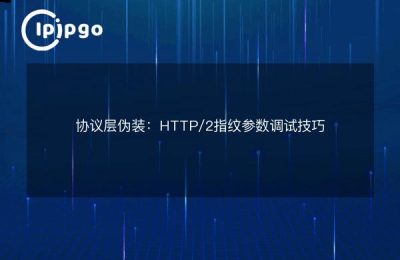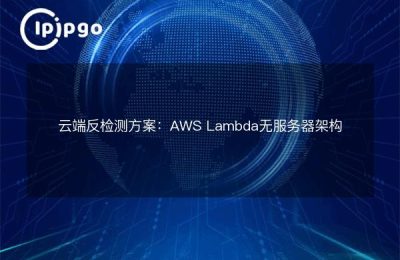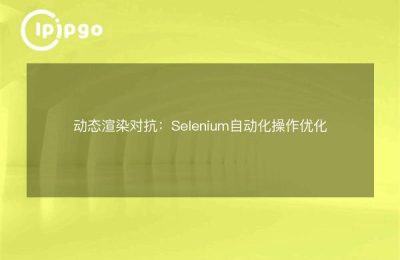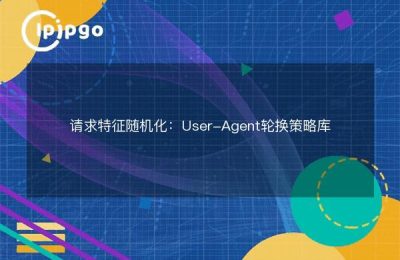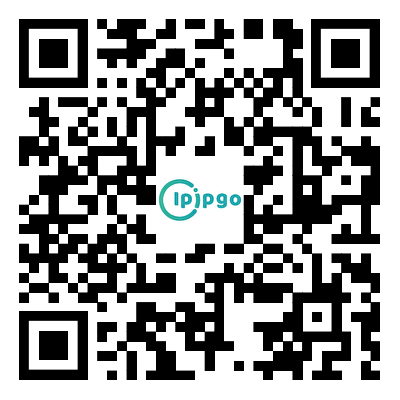
Why Filipino native IPs are becoming a necessity for Southeast Asian business?
As one of the fastest growing Internet markets in Southeast Asia, the Philippines has seen a surge in demand for local real IPs in e-commerce, social media, gaming and other fields. The residential IPs in the Philippines obtained through ipipgo are all from local home broadband users, which can effectively circumvent the detection of batch operation by the platform. Especially for account management scenarios that require long-term stable login, the address attribution information of the native IP is completely consistent with the real user.
How to achieve true low latency with dual-line access in the server room?
Traditional proxy IPs often encounter"Wire Wrap Jump"problems, such as traveling from Manila to Hong Kong and then to Singapore. ipipgo's deployment of server rooms in the Philippines uses theDual ISP backbone direct connectionThe system has established independent channels through two major carriers, PLDT and Globe. When the user initiates a request, the system automatically selects the current optimal line, and the measured delay between Manila and Hong Kong can be controlled within 80ms.
This two-wire architecture is particularly suitable for scenarios that require real-time interaction:
- Cross-border e-commerce order processing: Reduce page load time to avoid lost orders
- Direct Broadcast Push Streaming Transmission: Reduce screen lag rate
- Multi-Account Collaboration: Maintain separate network environments for each IP
Three Steps to Verify Proxy IP Authenticity
Many of the so-called Philippine IPs on the market are actually cloud server IPs, and ipipgo teaches you to quickly recognize them:
1. Open whatismyipaddress.com to see the ASN number
Residential IP should beASN 12165 (PLDT)maybeASN 10139 (Globe)
2. Execute tracert route tracing from the command line
Real residential IPs will have 3-5 local carrier node hops
3. Detecting time zones and language settings
Native IP access to Google automatically displays Philippine time zone (UTC+8)
Practical: Configuring a dual IP line in the Philippines with ipipgo
Demonstrate the operation process with an Android device as an example:
1. Log in to the ipipgo console to get your API key.
2. Check the box for Philippines in the "Country Filter" and selectDual Line Optimizationtab (of a window) (computing)
3. Establishing a connection using the L2TP protocol (requires system version 7.0 or higher)
4. Turn on developer mode to view network details
Validation of key indicators::
- DNS resolution should be Quezon City or Makati.
- TCP delay fluctuation range ±15ms
Frequently Asked Questions QA
Q: How can I avoid my IP being blocked by the target website?
A: ipipgo's residential IP pool is updated daily with more than 15%, and it is recommended that a single IP be used continuously for no more than 6 hours to keep the IP active through the timed switching function.
Q: What if I need both Manila and Cebu IPs?
A: In the geographical segmentation options in the backend, you can precisely select the three major regions of Luzon / Visayas / Mindanao, and support filtering by city + operator combination.
Q: How can I quickly troubleshoot network jitter when I encounter it?
A: Start by using the ipipgo provided by theReal-time link monitoring tool, detects the packet loss rate of the current line. If it exceeds 2%, manually switch to another ISP line to recover immediately.
In real business scenarios, the stability of IP in the Philippines often depends on the degree of localization of the provider. ipipgo, through the establishment of exclusive channels with local ISPs, together with intelligent routing algorithms, truly realizes the"Access-as-you-go"of seamless experience. It is recommended to test the network quality at different times of the day through small-scale services before adjusting the IP scheduling strategy according to specific needs.


